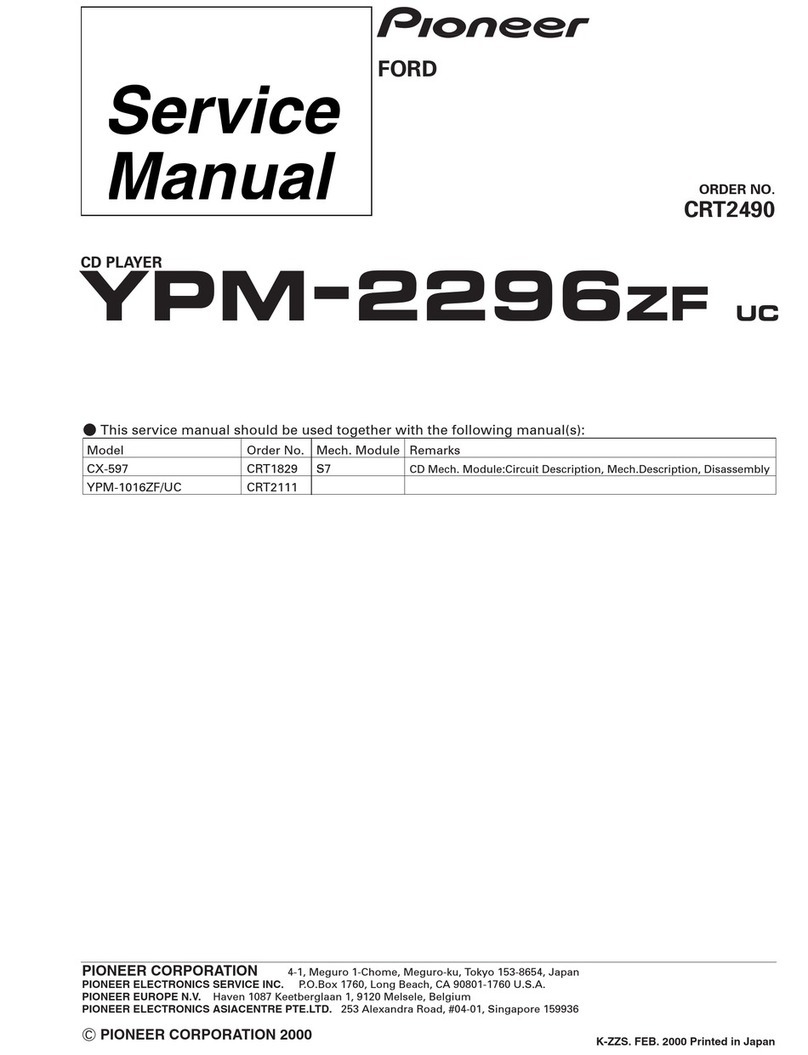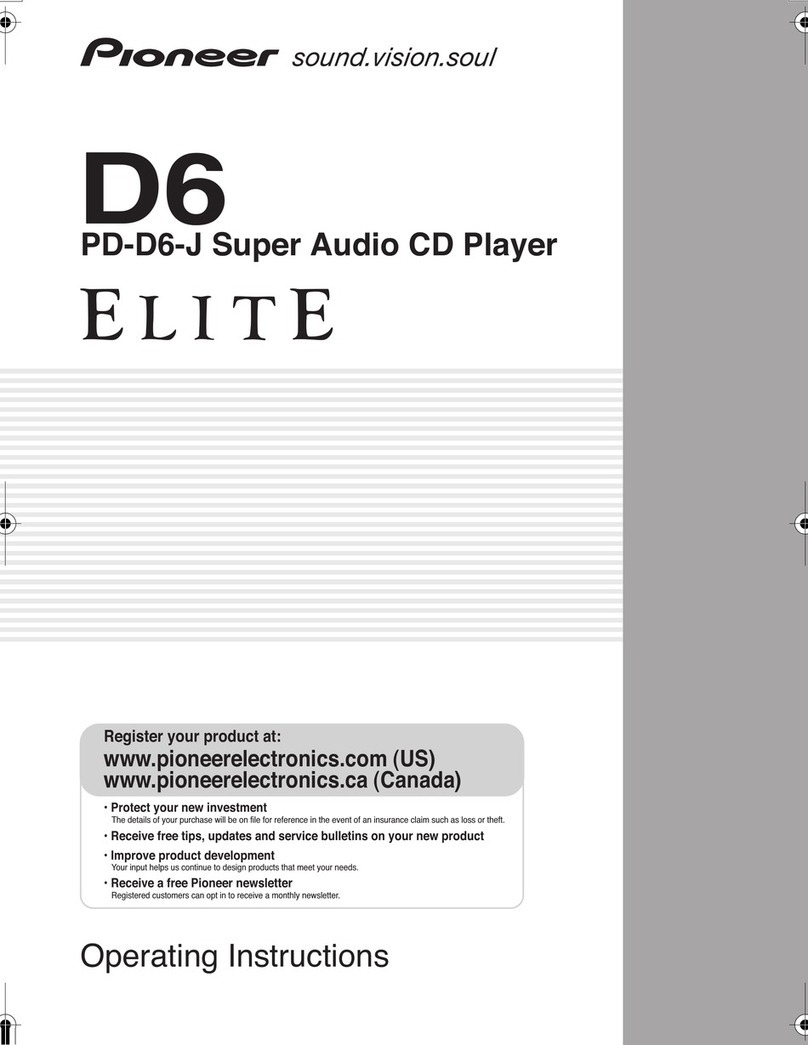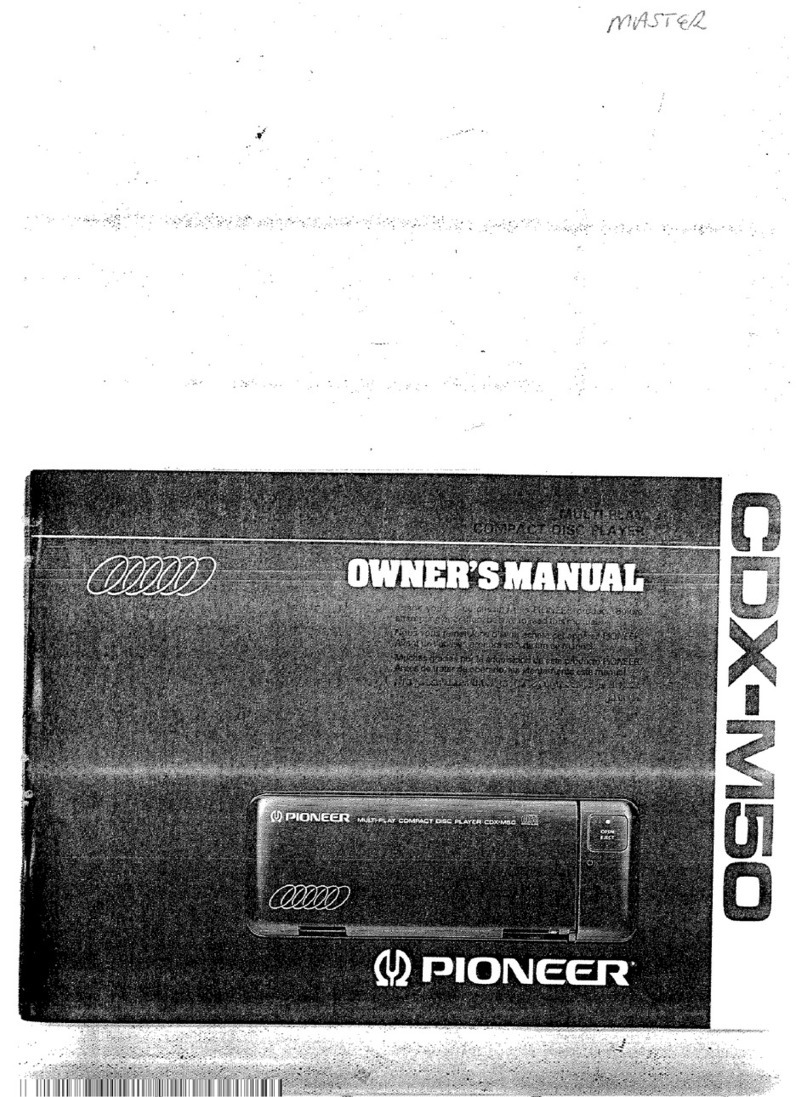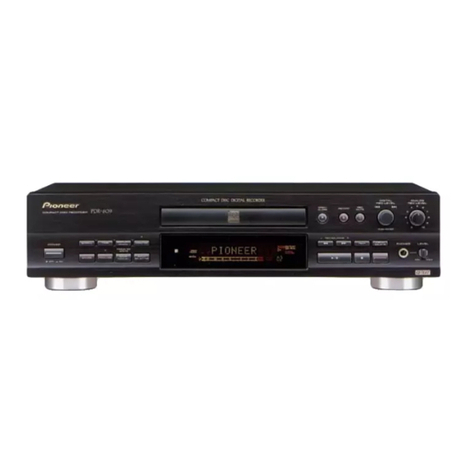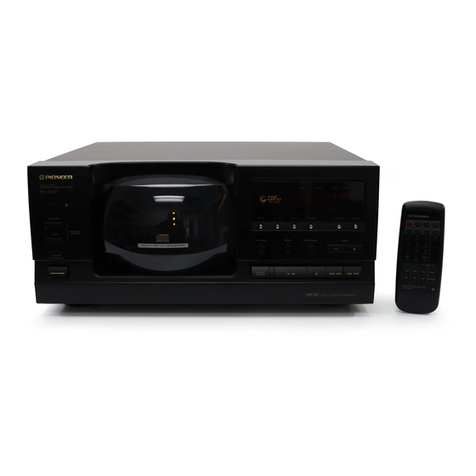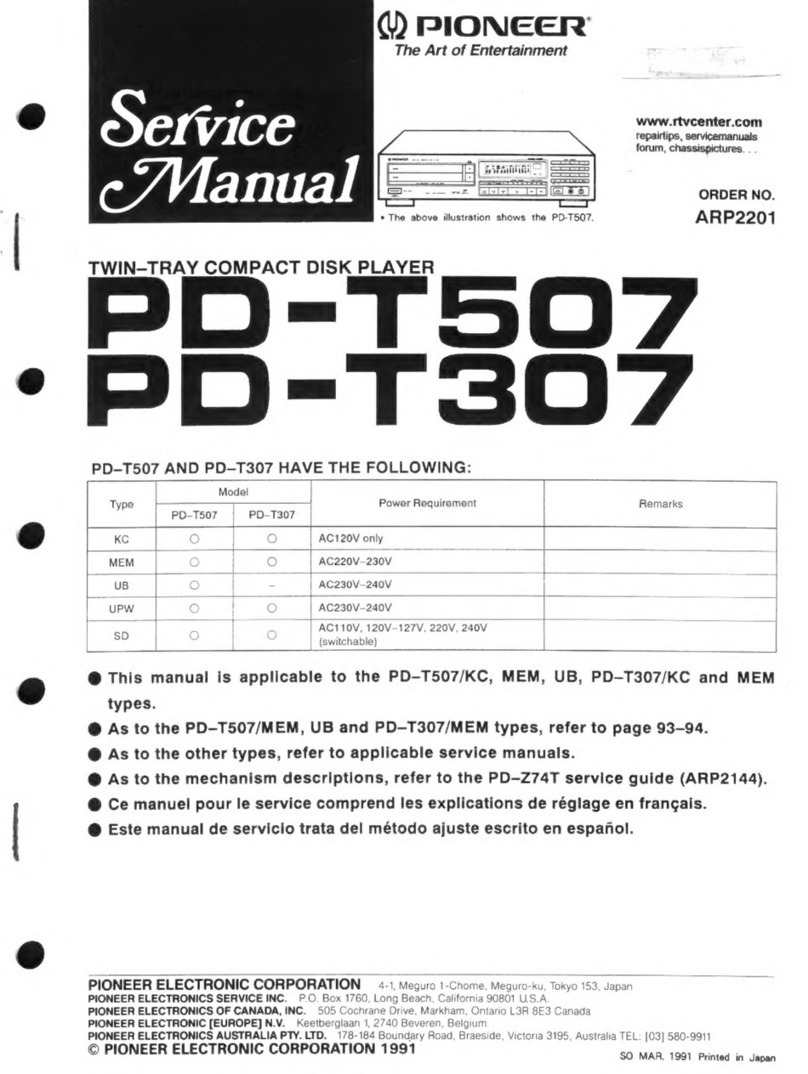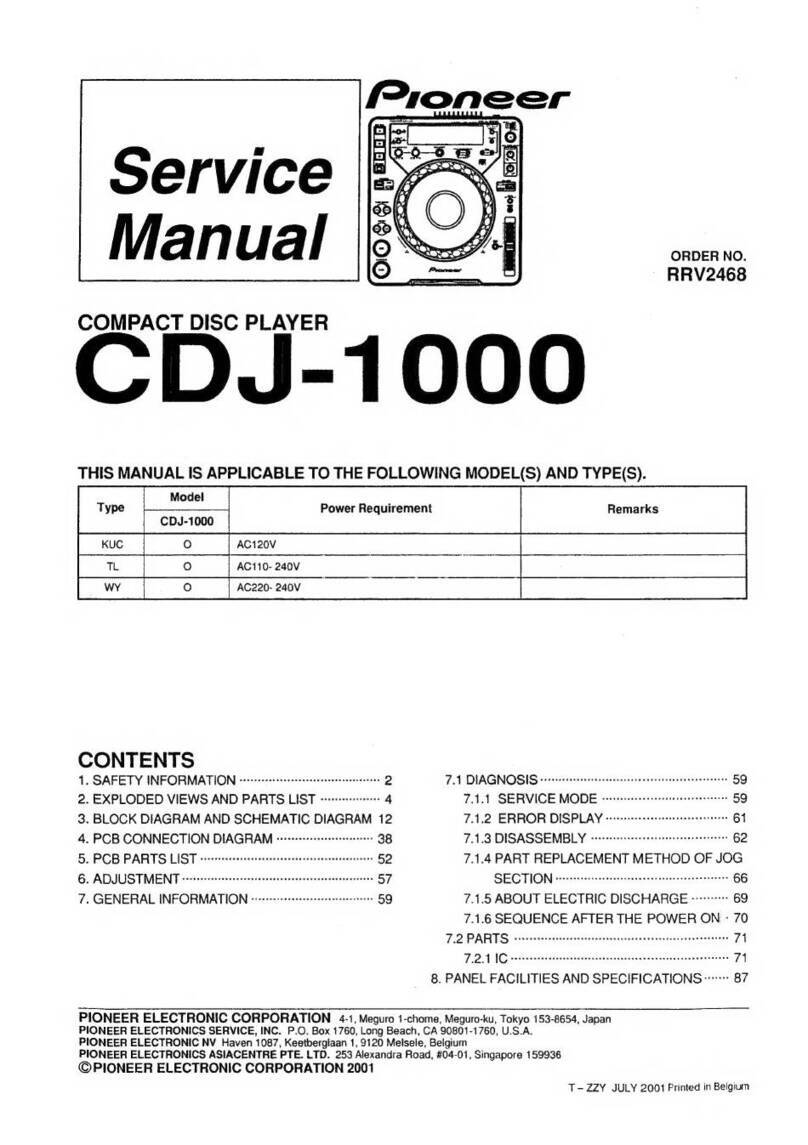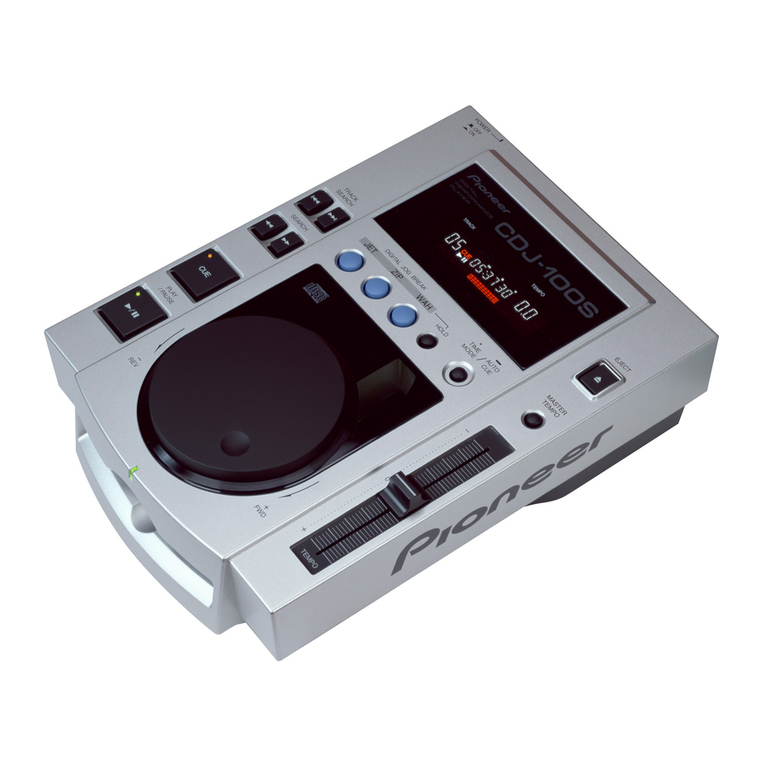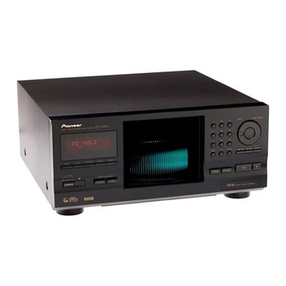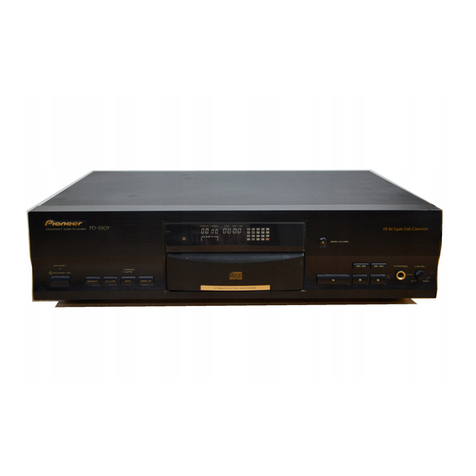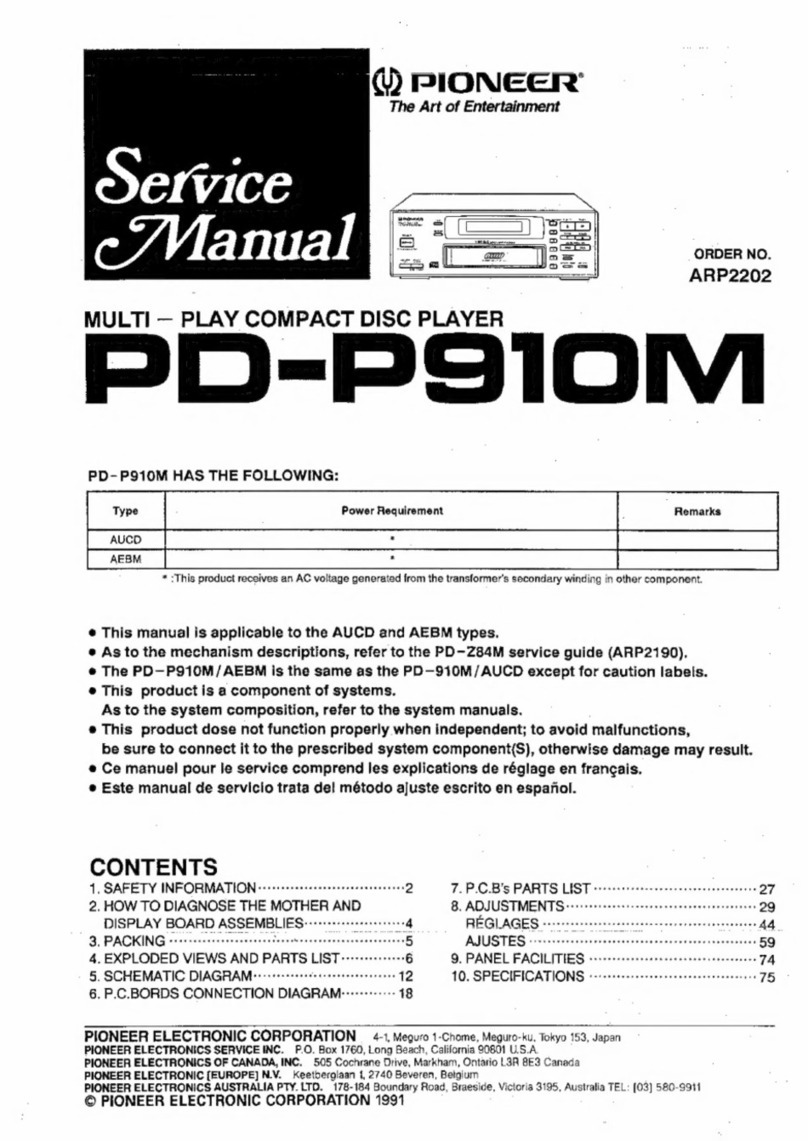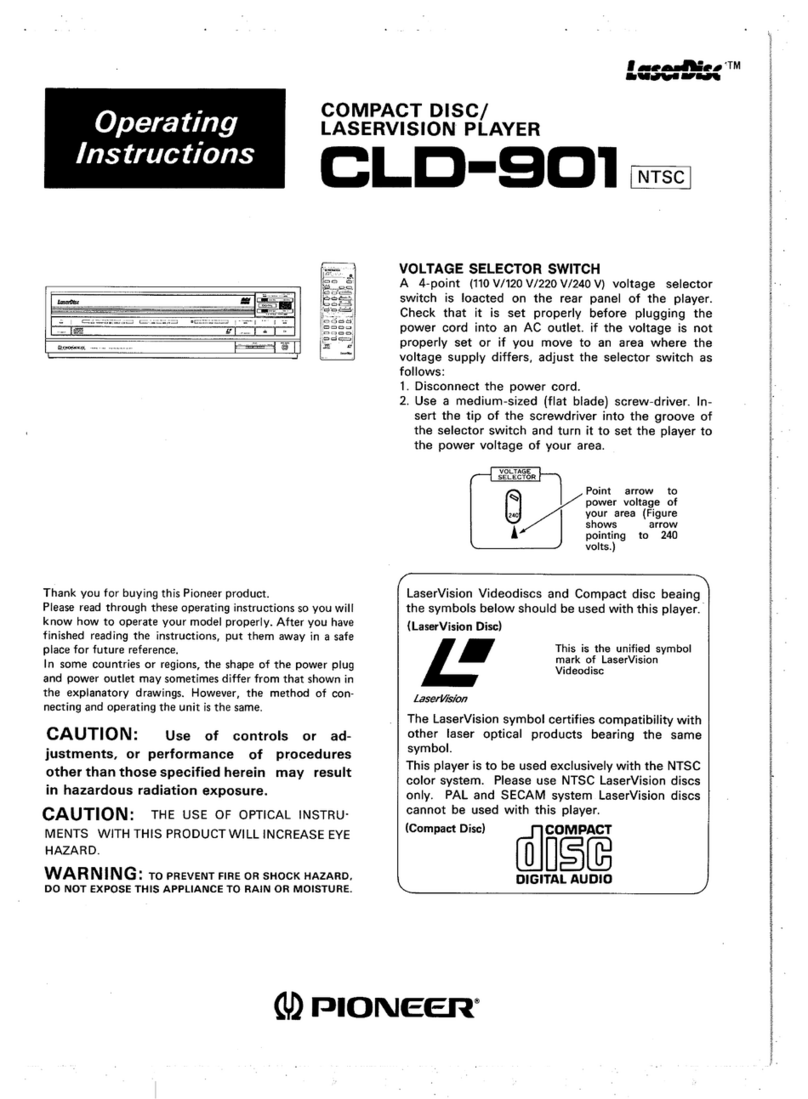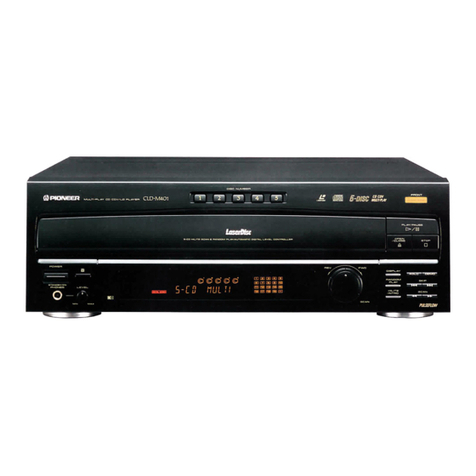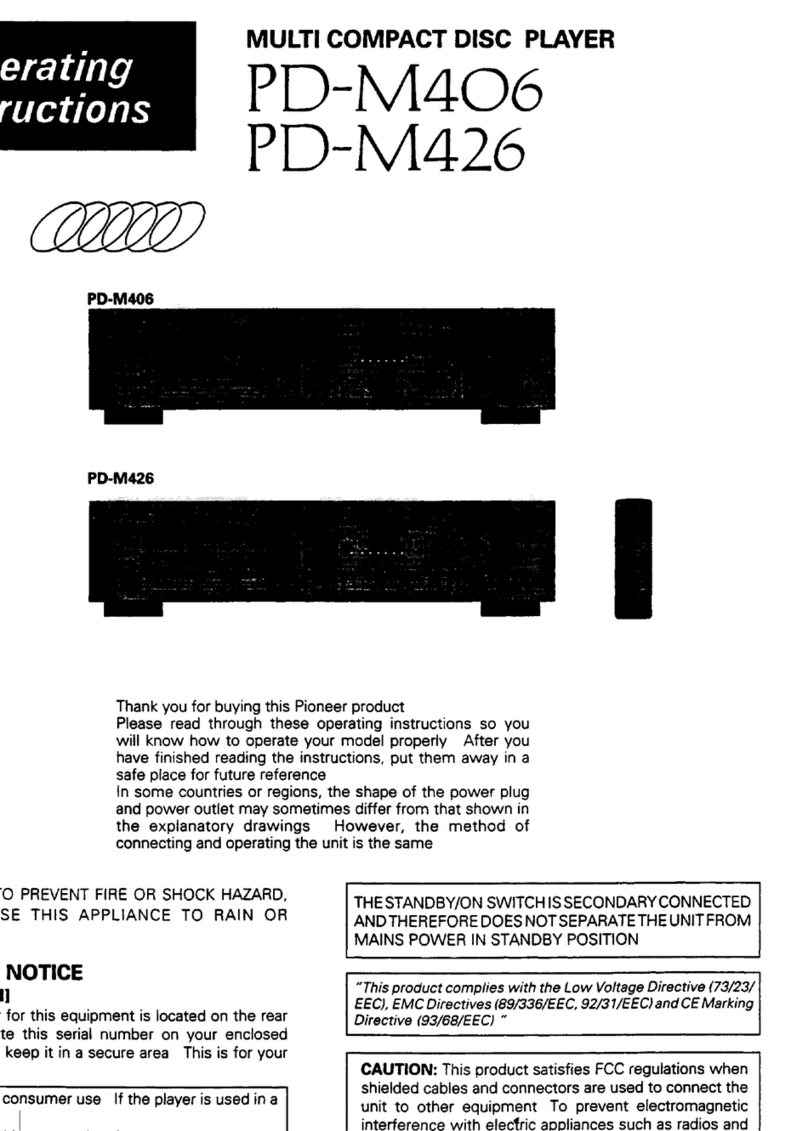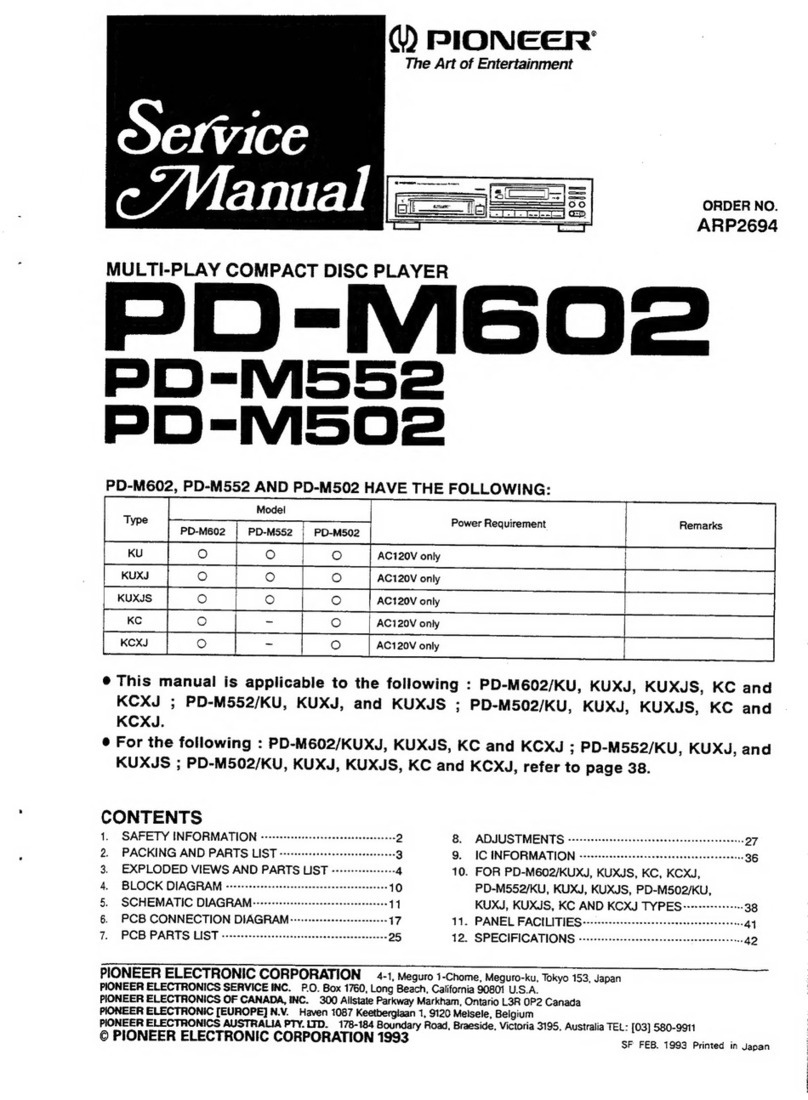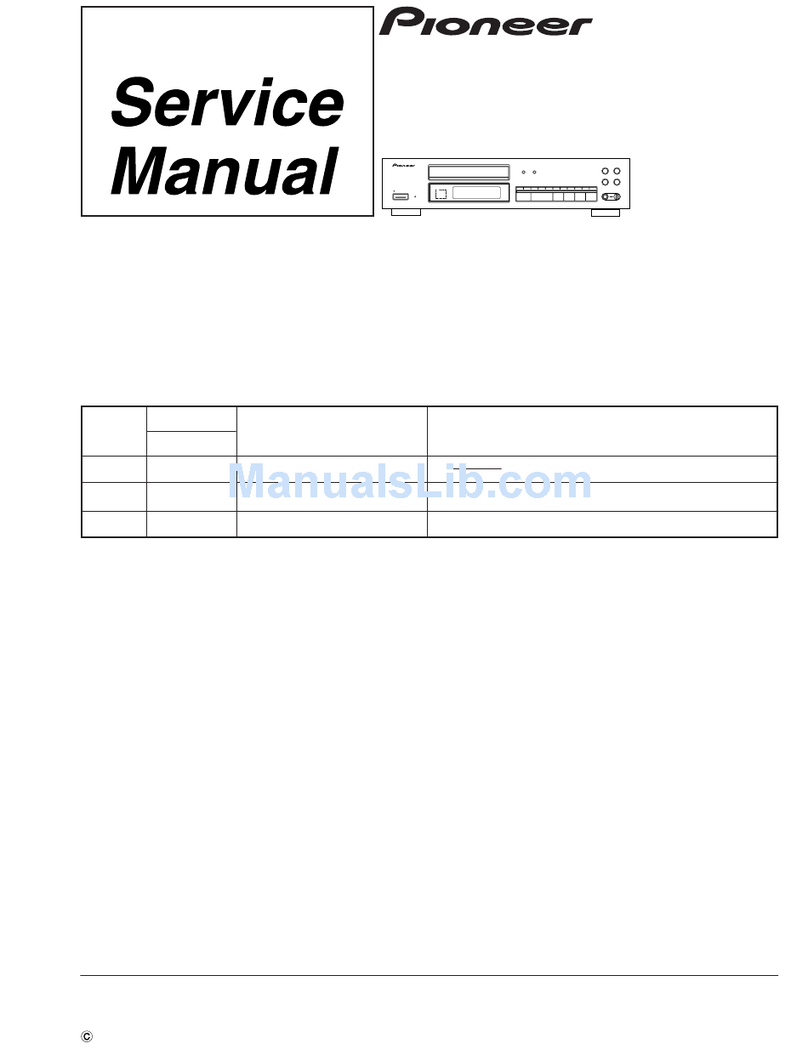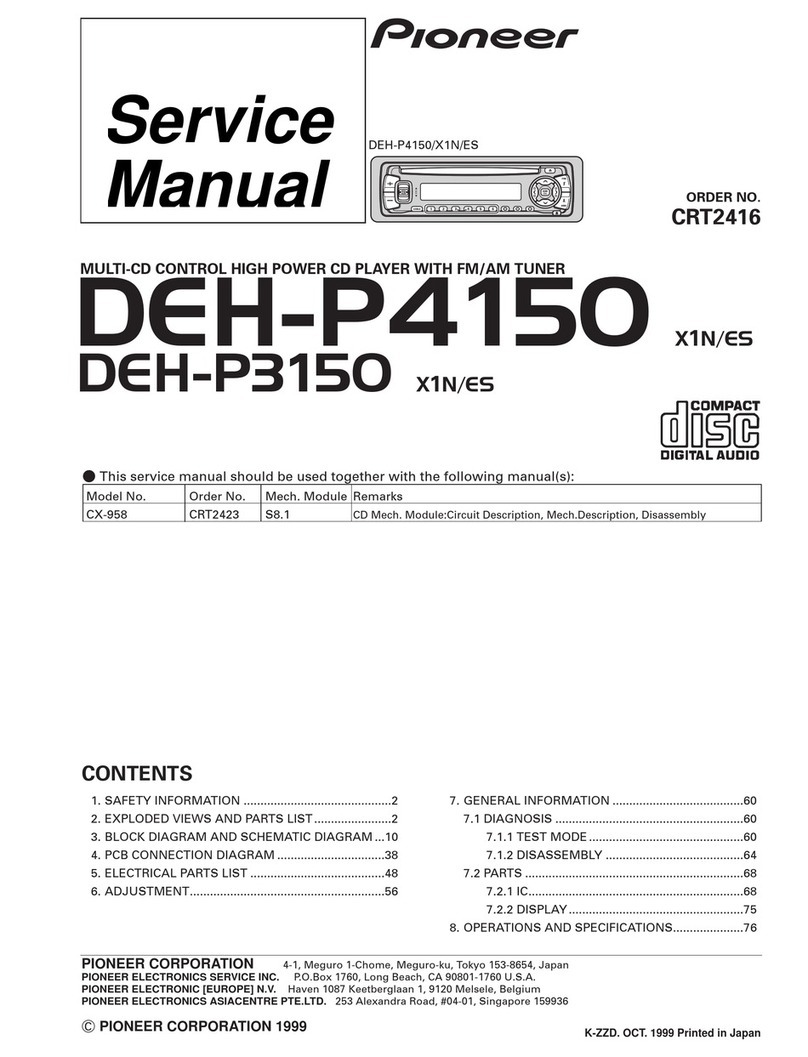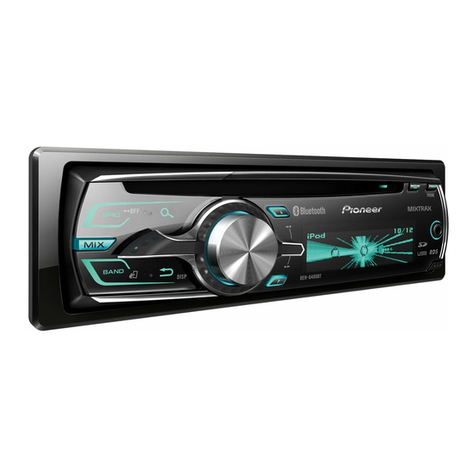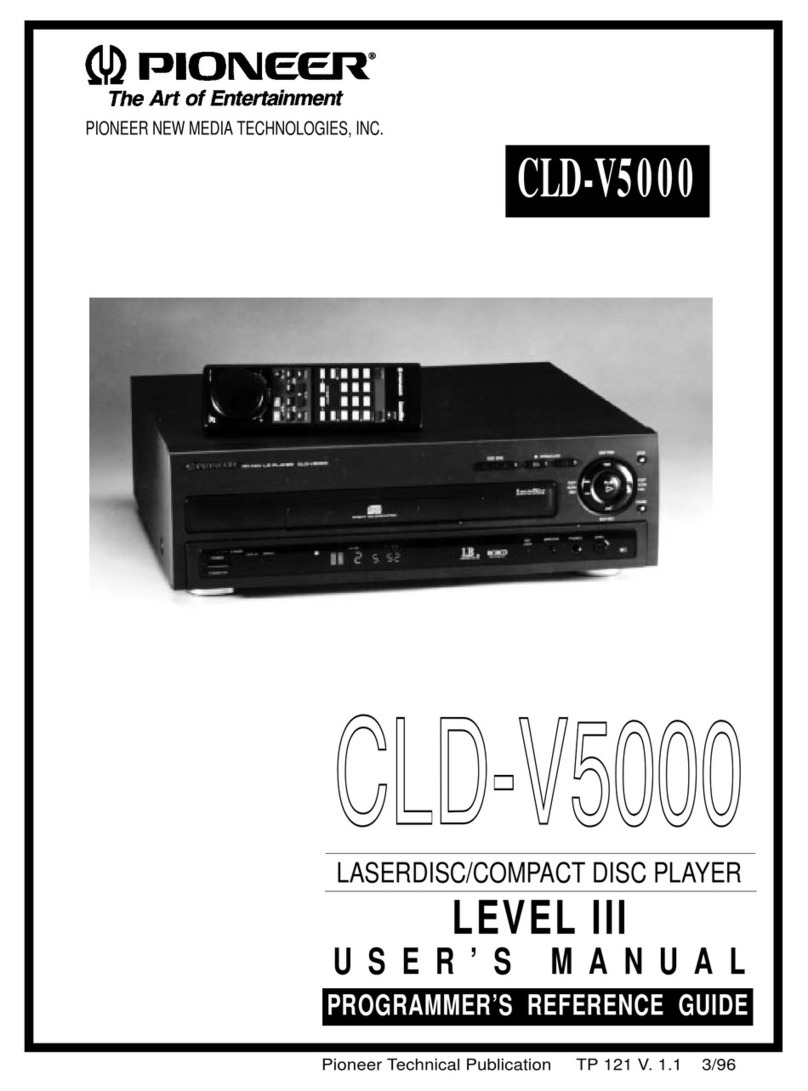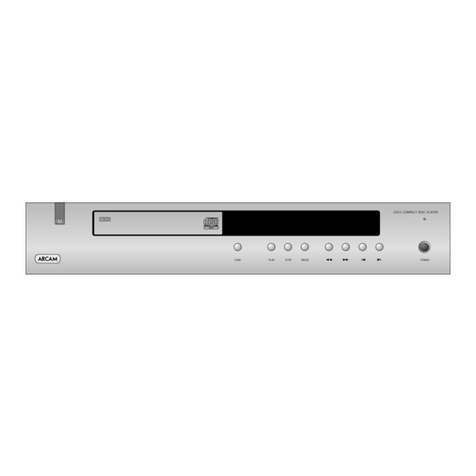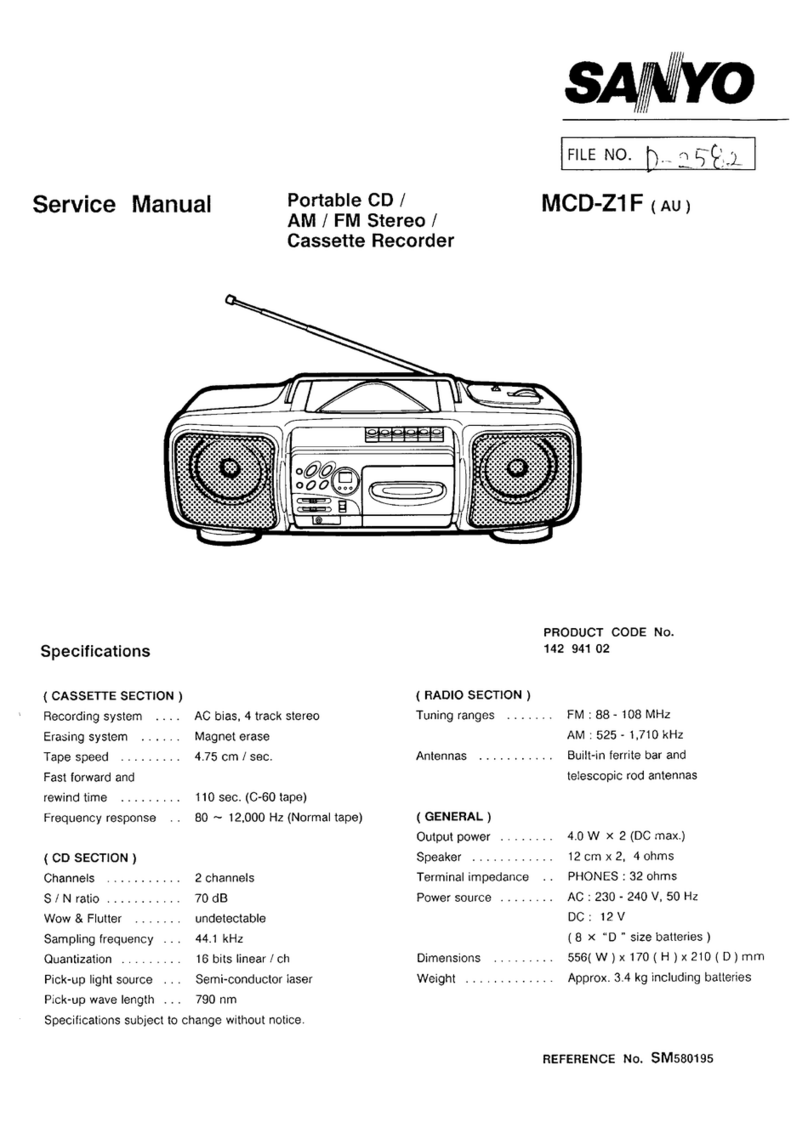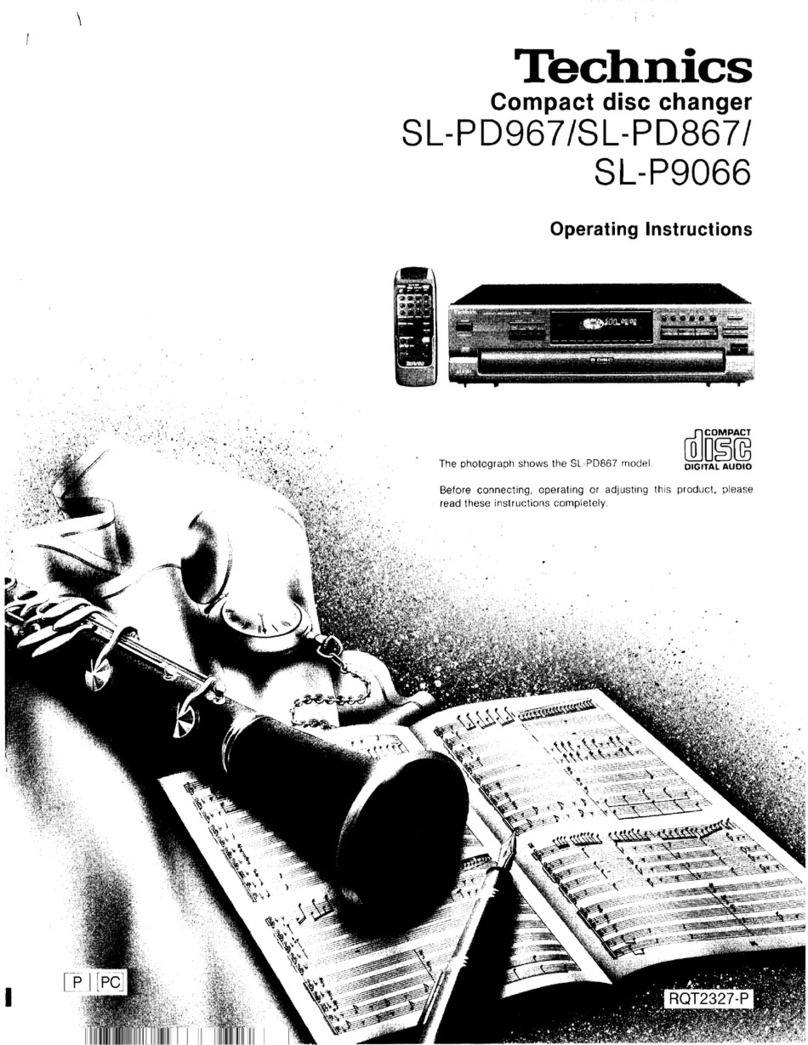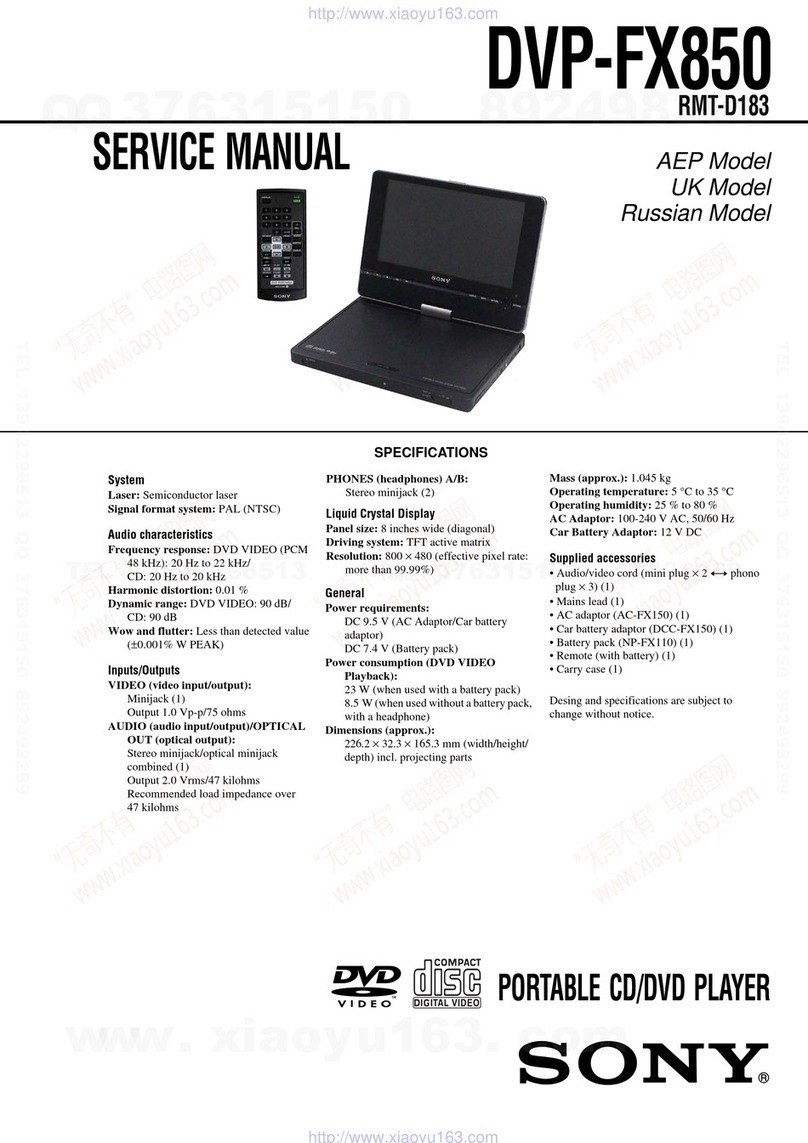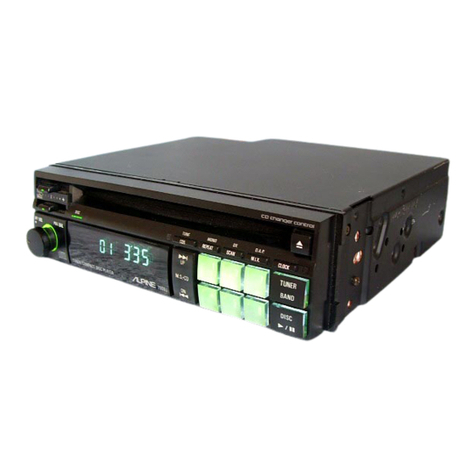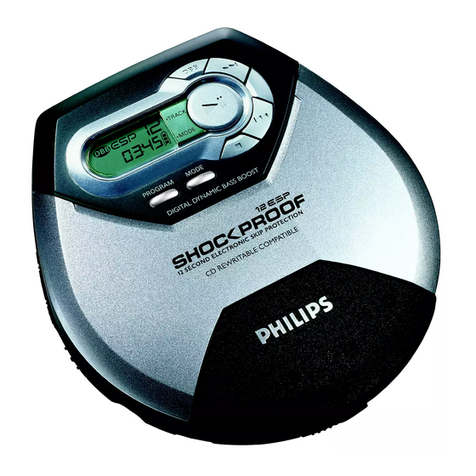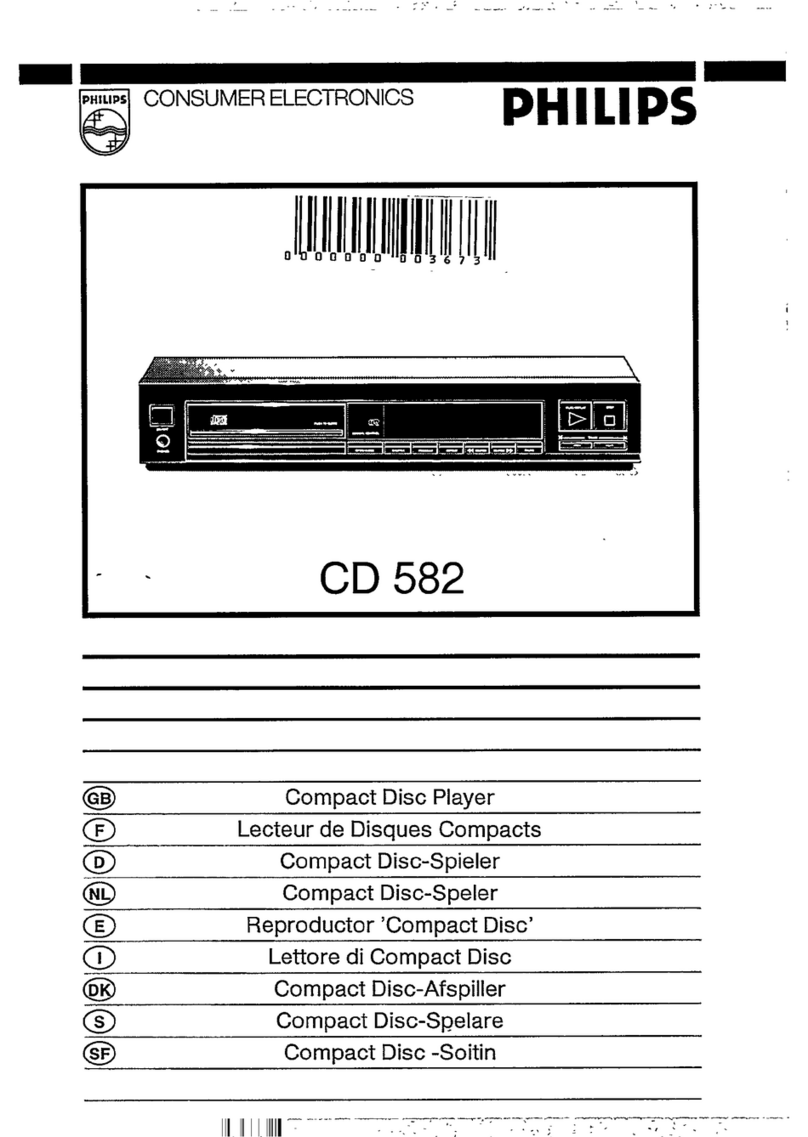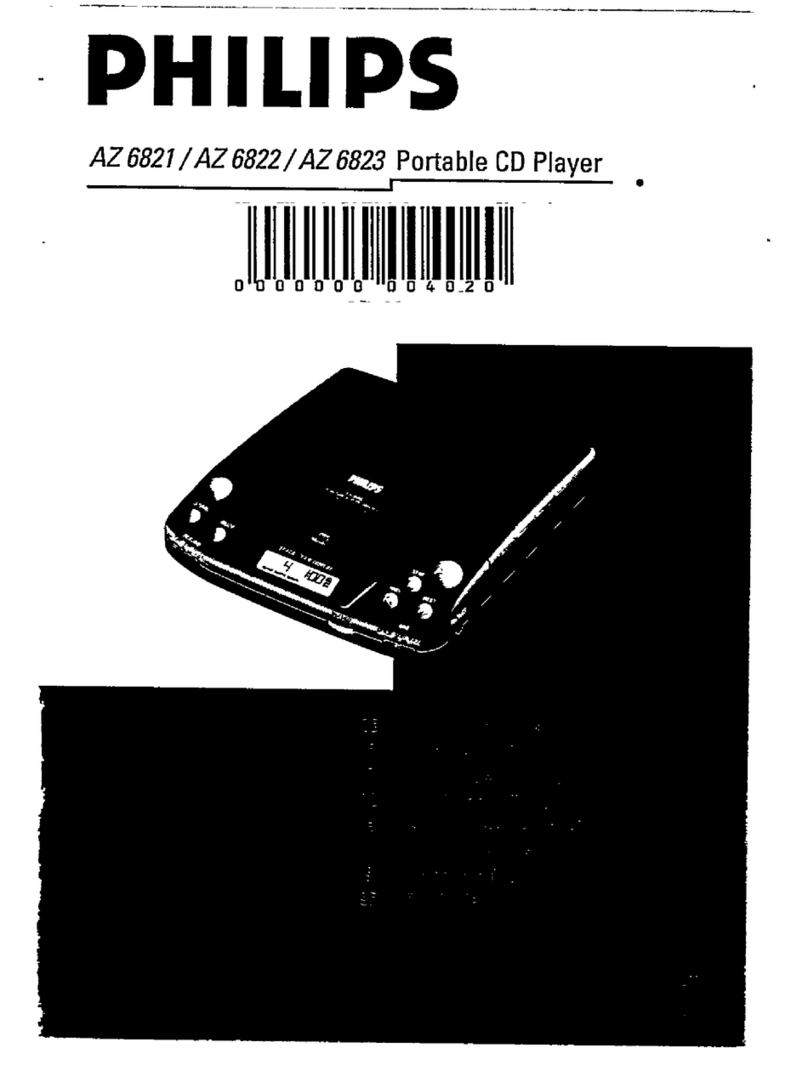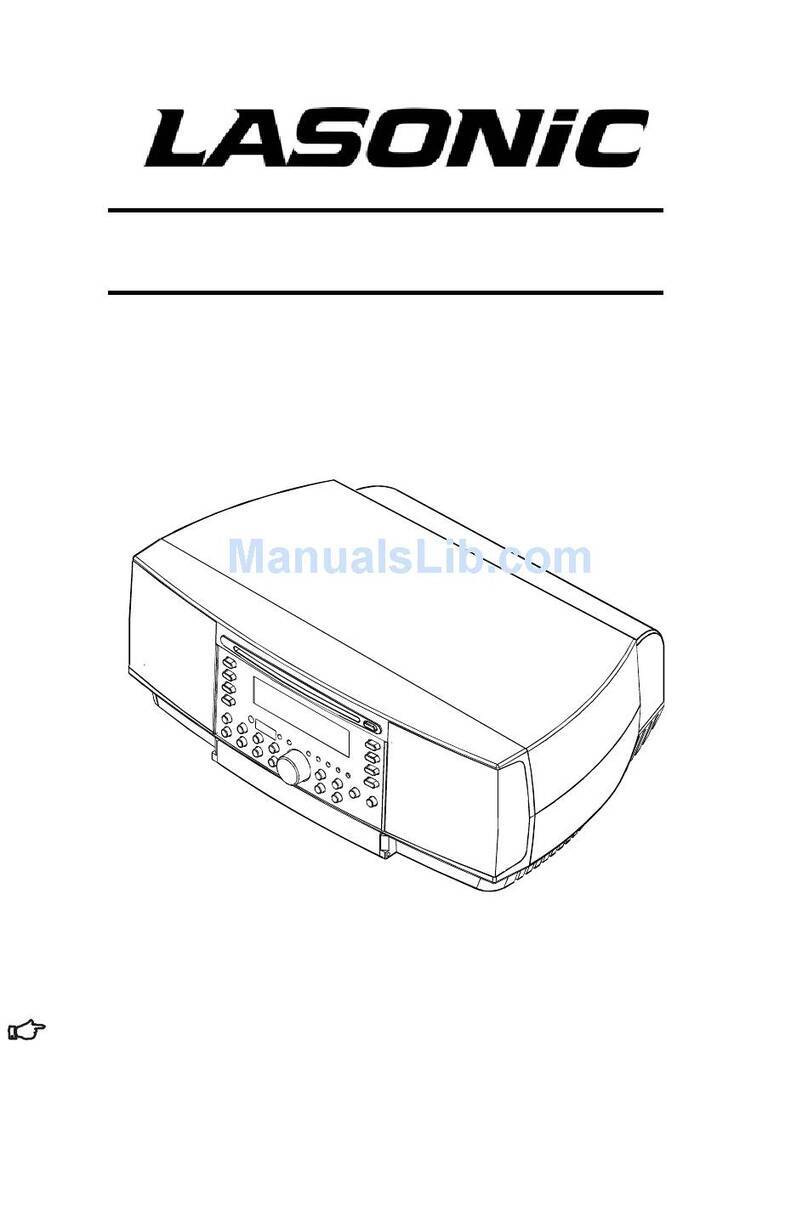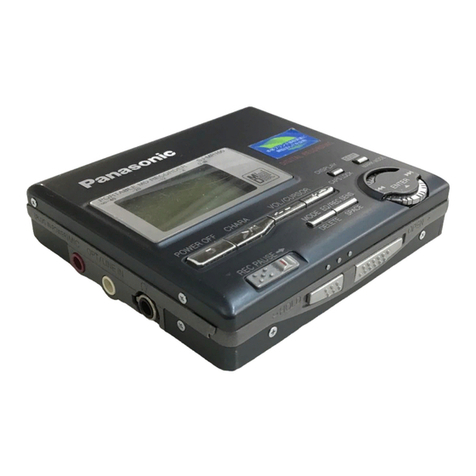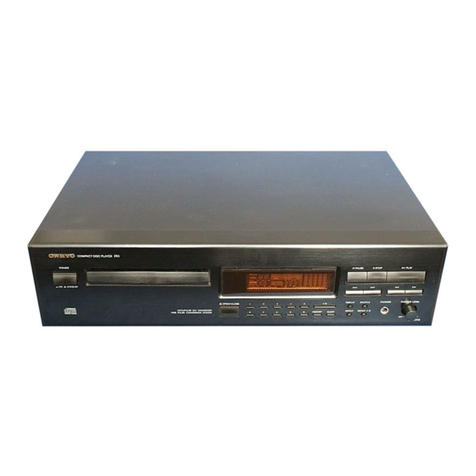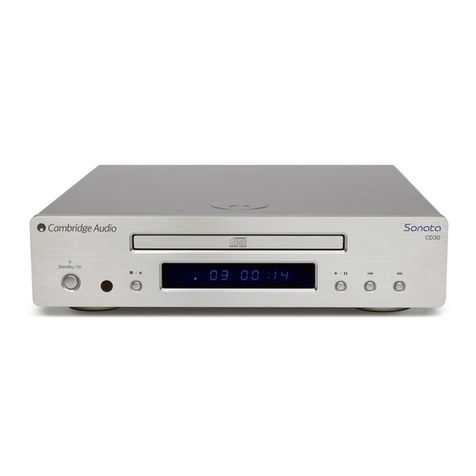
Cc
Accessories
.
Types
of
Discs
that
can
be
played
with
this
Unit
Care
of
Discs
..
Connections
...
apd
Names
and
Functions
of
remote
Control
Unit
COMPONENTS!
i
cvoascas
copsctcesstaisvecooeeetectcn
bieseg
tie
Names
and
Functions
of
Front
Panel
Component
Display
Switching
To
Play
an
LD,
CDV
of
CD
oooocccccceccceeccneee
To
Search
for
a
Particular
Passage
(Scan)
To
Search
for
a
Particular
Chapter/Track
(Chapter
(Track)
Search/Chapter
(Track)
Skip
(Hi-Lite
Scan/intro
Scan)
ces
ONTENTS
————
4
To
Search
for
a
Particular
Time/Frame
(Time
Number
5
Search/Track
Time
Search/ABS
Time
Search/
6
Frame
Number
Search)...
ecccccccrssescesessnseseeesereee
27
7
Convenient
Function
for
Karaoke
Play
(Single
Play).......
28
9
To
Play
All
Chapters/Tracks
in
a
Random
Order
ie}
(Random
Piayback)
Extra
Playback
....
15
To
Repeatedly
Play
a
Desired
Passage
16
(Repeat
Playback)
oo...
ccc
cccccccseccsecsseccesessvevsveees
30
18
To
Play
Only
the
Desired
Scenes/Tracks
20
(Progranry
Playback)’.
:.éss)sivelse.ceves
Suscene
bane
eed
fehelacss
32
24
Programming
Chapters/Tracks
to
be
played
back
within
a
Specified
Time
Period
25
{Compu
Program/Auto
Program
Edit)
oo..cccccccccccsecsceceseee
34
26
Particular
Functions
for
CD
(
Direct
CD/Peak
Level
Search)
oo...
..ceccccscsccesesseseseeseaes
35
Troubleshooting
..
Specifications
...
INFORMATION
TO
USER
[FOR
U.S.
MODEL]
This
equipment
generates
and
uses
tadio
frequency
energy
and
if
not instalied
and
used
properly,
that
is,
strict
accordance
with
the
manutacturer’s
instructions
may
Cause
interference
to
tadio
and
television
recep-
tion
ft
has
been
type
tested
and
found
to
comply
with
the
limuts
for
a
Class
B
computing
device
in
accordance
with
the
specifications
in
Subpan
J
of
Part
15
of
FCC
Rules,
which
are
designed
to
provide
reasonable
pro-
tection
against
such
interference
in
a
residential
instal
lation.
However,
there
is
no
guarantee
that
interference
will
not
occur
in
a
particular
installation
If
this
equipment
does
cause
interference
to
radio
ot
television
reception,
which
can
be
determined
by
turn
ing
the
equipment
off
and
on,
the
user
1s
encouraged
to
tty
to
correct
the
interference
by
one
or
more
of
the
following
measures.
@
reorient
the
recerving
antenna
@
relocate
this
equipment
with
respect
{o
the
receiver
©
move
this
equipment
away
from
the
recewer
@
plug
this
equipment
into
a
different
outlet
so
that
equipment
and
receiver
are
on
different
branch
cit-
cuits
Hf
necessary,
the
user
should
consult
the
dealer
or
an
expenenced
radio/television
technician
fot
additional
suggestions.
The
user
may
find
the
following
booklet
prepared
by
the
Federal
Communications
Commission
heipfui
“How
to
Identity
and
Resolve
Radio.
TV
Interference
Problems
This
bookiet
1s
available
from
the
US
Government
Printing
Office.
Washington,
D
C.,
20402,
Stock
No.
004-000-00345.4
The
above
instucnons
apply
only
to
units
which
will
be
operated
in
the
United
States,
CAUTION
e
Use
of
controls
or
adjustments
or
performance
of
procedures
other
than
those
specified
herein
may
result
in
hazardous
radiation
exposure,
@
The
use
of
optical
instruments
with
this
product
will
increase
eye
hazard.
a
[For
Canadian
model]
|
This
digital
apparatus
does
not
exceed
the
Class
B
limits
for
radio
noise
emissions
from
digital
apparatus
set
out
in
the
Ra-
dio
interference
Regulations
of
the
Canadian
Department
of
Communications.
|
mThis
player
may
be
used
with
Laser
Discs,
Compact
Dics,
and
Compact
Discs
with
Video
bearing
the
following
symbols:
{(LASERDISC
SYSTEM)}/(LaserVision
Disc)*
y
A
yi
This
is
the
unified
symbo!
mark
of
LASERDISC
(LaserVision
videodisc).
f
"
Laser
Disc
players
and
discs
which
bear
this
symbol
and
use
the
same
television
system,
are
mutually
compatible.
LASER
DISC
LaserVision
{Compact
Disc}
{**CD
VIDEO
SYSTEM)
{3-inch
Compact
Disc)
ce
co
cD
|
BiSTIAL
RUBIO
CD
VIDEO
CD
VIDEO
SINGLE
i
**A
Digital
Sound
with
Multi
Audio
Disc
(CD
VIDEO
CDV)
are
referred
to
as
CD
Video
discs.
CD
Videodises
are
recorded
with
subcodes,
which
are
the
non-audio
recordings
of
TOC
data
such
as
track
numbers,
index
numbers,
etc.
However,
there
are
some
discs
without
these
marks.
i
3
<VRB1048>

